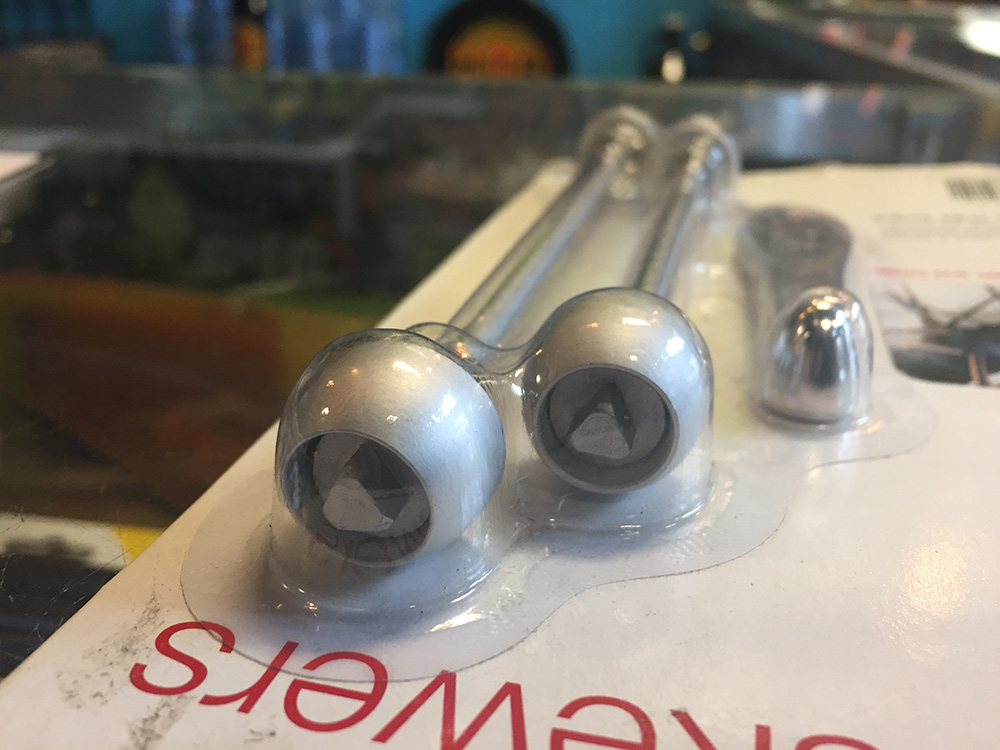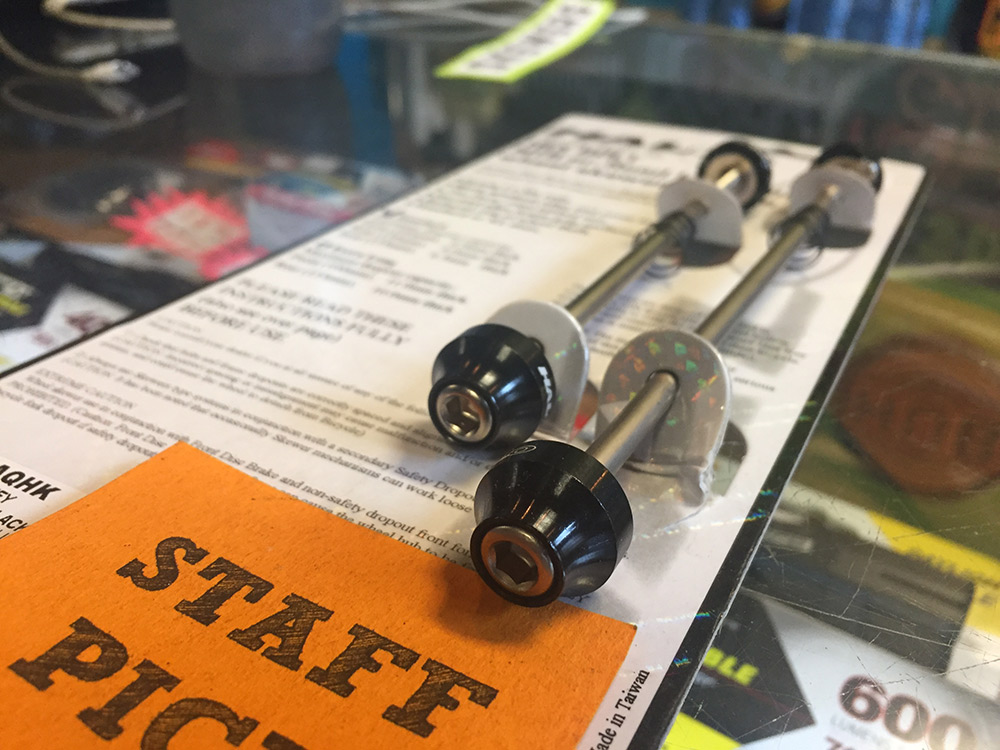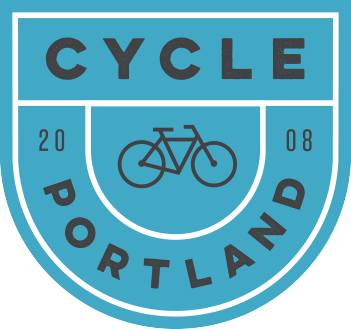Mechanic Mike
Flatbar Conversion
Compatibility is one of the most confusing topics for riders starting to upgrade their bikes. While we won’t get in to any french standards or press-fit bottom bracket frame requirements, in this post Mike will explain the process to update your bike with flat bars, wider range drivetrains and disc brakes in the next three posts. Today, he is here to talk about the parts and rough cost to convert your drop bar commuter to a flat or upright commuter. Hope you enjoy the flatbar conversion post and check back next week to read about adapting your bike to a 9, 10 or 11- speed drivetrain.
First off, what and why. Drop bars are the quintessential swoopy bike handlebars you see on everything from 1970s road bike to the Tour de France race bikes you see on TV. They range in price from $5 in a used parts bin to $400 carbon creations meant to shave weight, increase aerodynamics and reduce arm fatigue. But how useful are drop bars for the everyday rider taking his bike to work or riding around when its not pouring? We get a number of requests to convert drop bars to upright or flat bars for a safer, more comfortable ride better suited to general riding. We convert our own single speed rental bikes from drop bar to upright for the most comfortable rental use.
But it isn’t as simple as picking up a $10 flat bar and swapping brakes, shifters and handlebar tape.

Attaching the flat bars to the bike. Usually stems must either be swapped or shimmed to fit the new bar clamp size. Common drop bar clamp sizes are 25.4mm, 26mm or 31.8mm while most upright bars will be 25.4mm. Swing by and I can measure your clamp size and give you options for how to switch bars.
How about mounting all of your parts? Road and upright bars also usually have different diameter for brake levers and shifters, either 23.8 or 22.2mm. This is often the reason you’ll also have to change these as well. Flatbar brakes usually run about $10-20 a set while shifters generally cost closer to $30. Hint: Look for a bike with shifters mounted to places other than the handlebars as these are the easiest and cheapest to convert to upright handlebars.

Finally, choose your grips. It is possible to simply wrap your bar tape between the brake levers and the bar ends of your new upright handlebars, but often clients prefer a flatbar specific grip. Our favorite grips are from ODI, but your favorite can easily be found for under $15.











 The Pinhead Security Pack is an option with individualized keys for the highest level of protection. Like your house or Kryptonite key, this unique key offers the most security for your wheelset. A pair of Pinhead security skewers will cost you a bit more than $50, but give you the most confidence that someone isn’t working your wheels loose while you’re at work. So if you often lock up outside in theft prone areas or just want to protect those hand-built wheels, we would be happy to install these on your steed today.
The Pinhead Security Pack is an option with individualized keys for the highest level of protection. Like your house or Kryptonite key, this unique key offers the most security for your wheelset. A pair of Pinhead security skewers will cost you a bit more than $50, but give you the most confidence that someone isn’t working your wheels loose while you’re at work. So if you often lock up outside in theft prone areas or just want to protect those hand-built wheels, we would be happy to install these on your steed today.










